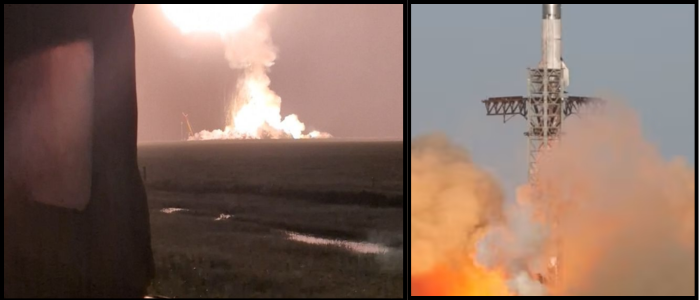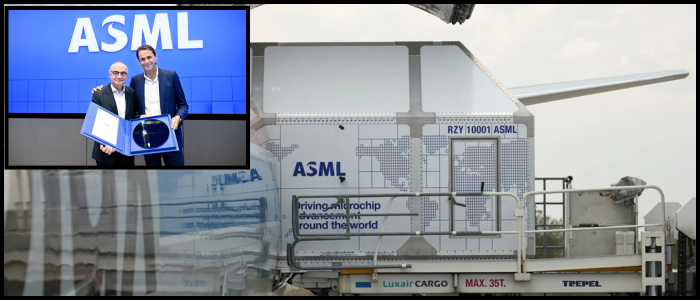
An explosive fireball signalled the demise of Ship 36 just before it was set to undergo an engine test. It was set to fly its 10th test flight on a Super Heavy booster soon. Starship is SpaceX's main endeavour for planned Mars missions and a lunar landing mission for NASA.
Fourth Straight Setback by Blast
Video from the incident indicates that the explosion began about three-quarters of the way up the rocket a few seconds after a gas cloud formed in the same area — indicating that a tank burst. This was the first time this specific tank design, which is supposed to withstand intense pressure, failed, Musk said.
It is the fourth failure in a row for the Starship. The first eight flights, Nos. 7 and 8 in particular, also exploded after the upper stage was released from the booster, littering debris and causing aeroplanes to steer clear of the contamination zone in the Caribbean. Flight 9, tested in late May, lasted longer but then disintegrated during an uncontrolled reentry.
Starship's Design and Timeline Still a Mystery
Flight 10 will now be postponed following Thursday's explosion. The U.S. Federal Aviation Administration had earlier mentioned June 29 as a potential launch date. The delay is the latest in a series of concerns about the readiness and reliability of the spacecraft.
Experts have questioned whether the huge outer shell of the rocket should be made out of heavy, stainless steel. The design may save weight on other parts, but it puts additional stress on the engines. There are also lingering questions about Starship's role as NASA's lunar lander, and in readiness for that mission, whether it will be completed on schedule remains in doubt. Competing with that group is a rival lunar lander project led by Blue Origin.













